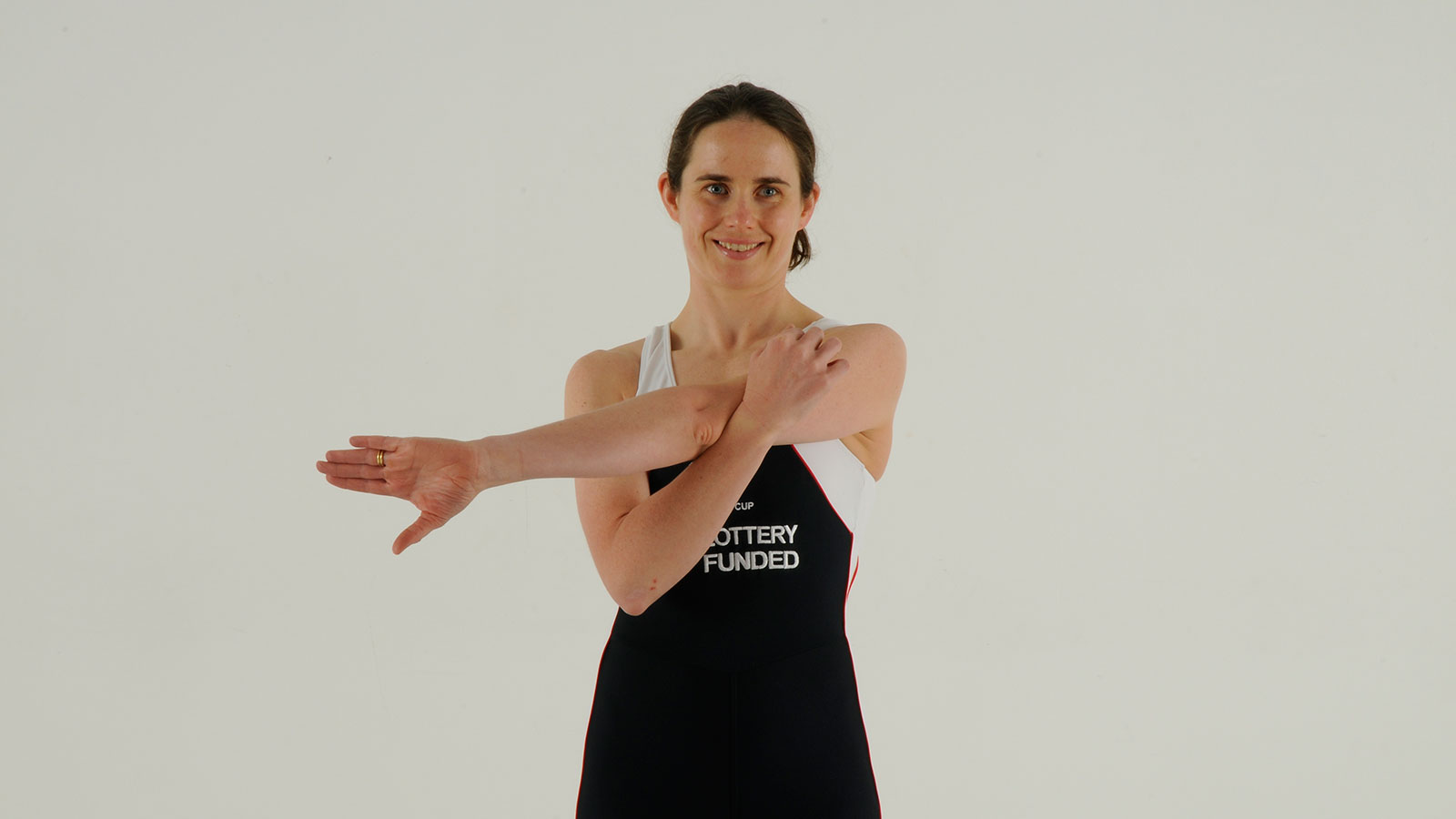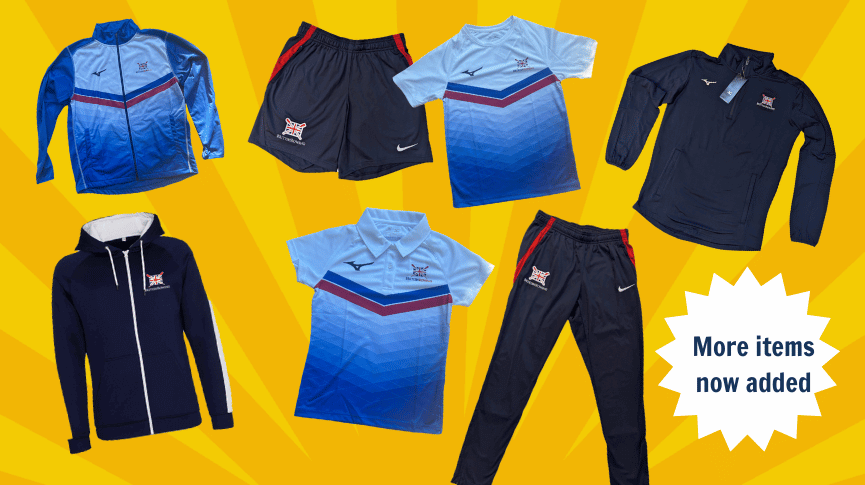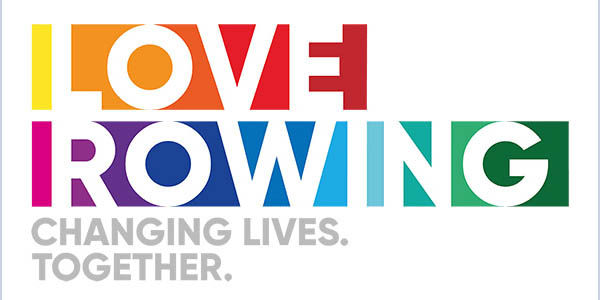Cool Down
After exercise, it is important to see the cool down as part of the main session.

It is a vital part of the training routine, and does not need to take a long time to perform. The benefits of carrying out a cool down are that it:
- Allows the body time to get the blood flow back to ‘normal’, reducing the risk of fainting and blood pooling.
- Helps to clear lactic acid (produced during high intensity exercise).
- Is a good opportunity to increase flexibility.
- Gives you time to assess the training session performed.
How?
A cool down should incorporate the main muscle groups used in the session. It should take them through a similar range of motions used in the main session but at a gradually decreasing intensity, allowing the body to resume its regular heart beat and breathing patterns in its own time.
Stretches to develop flexibility should be done as part of a cool down.
Flexibility
All sports need the muscles to be supple and most require them to perform movement patterns which are not always natural or comfortable. Rowing is one of these, requiring a good level of hamstring flexibility amongst other muscles. For this reason exercises to help develop a muscle’s flexibility should be incorporated into a cool down session or a stand-alone flexibility session and performed regularly to keep them in this way.
Dynamic Stretching
How?
In order to develop and maintain muscle flexibility there are different types of stretches which can be done:
Dynamic stretching – most commonly used as part of a warm up but can be used as a cool down as well. These are controlled movements taking you up to (not beyond) the range of motion required for your session.
Static stretching – performed to increase flexibility and mobility. A static stretch should be a slow and constant movement with the end position held at the point of mild discomfort – not pain, for approximately 30 seconds.
A stretching session should last for around 5 minutes.




